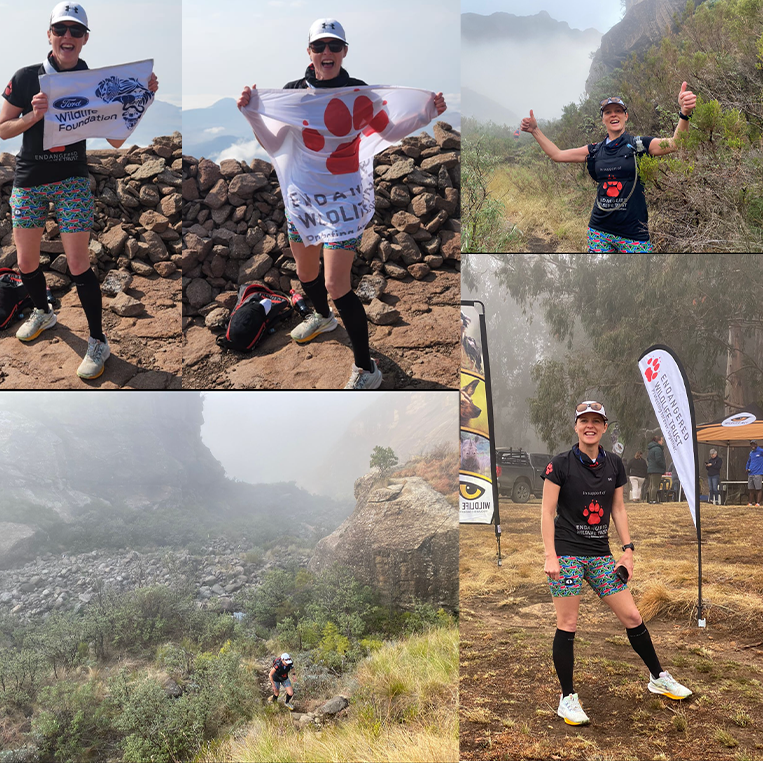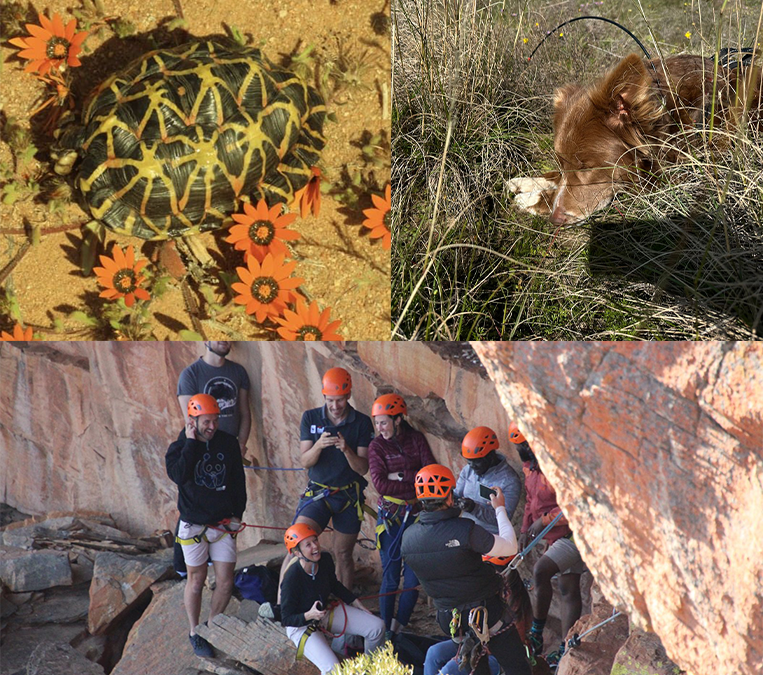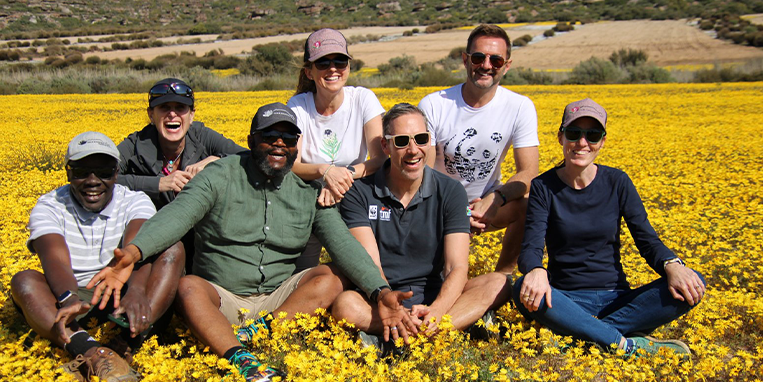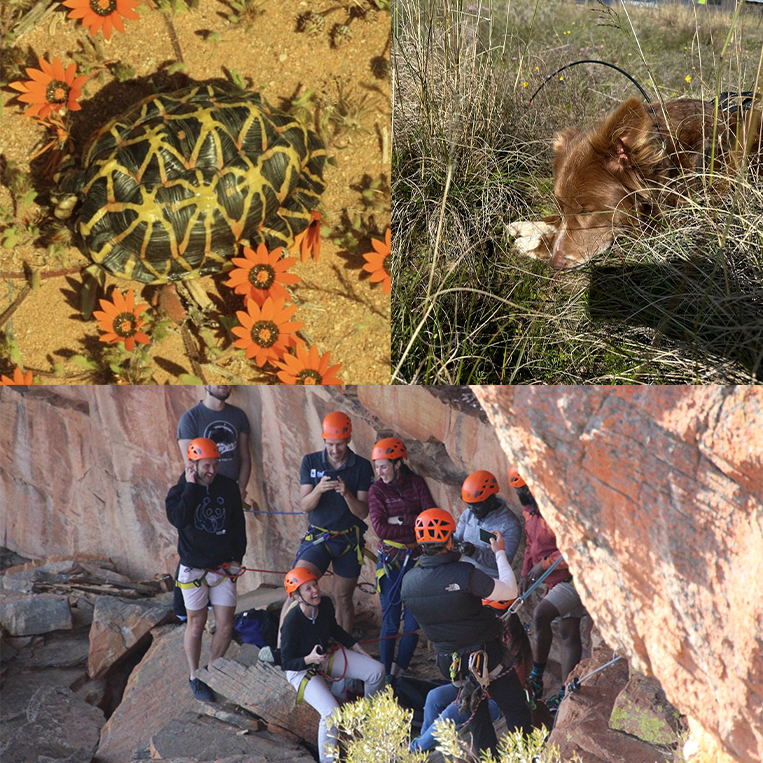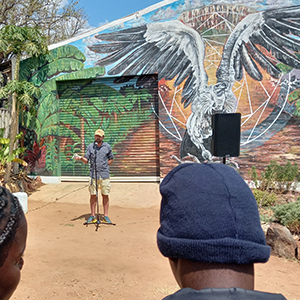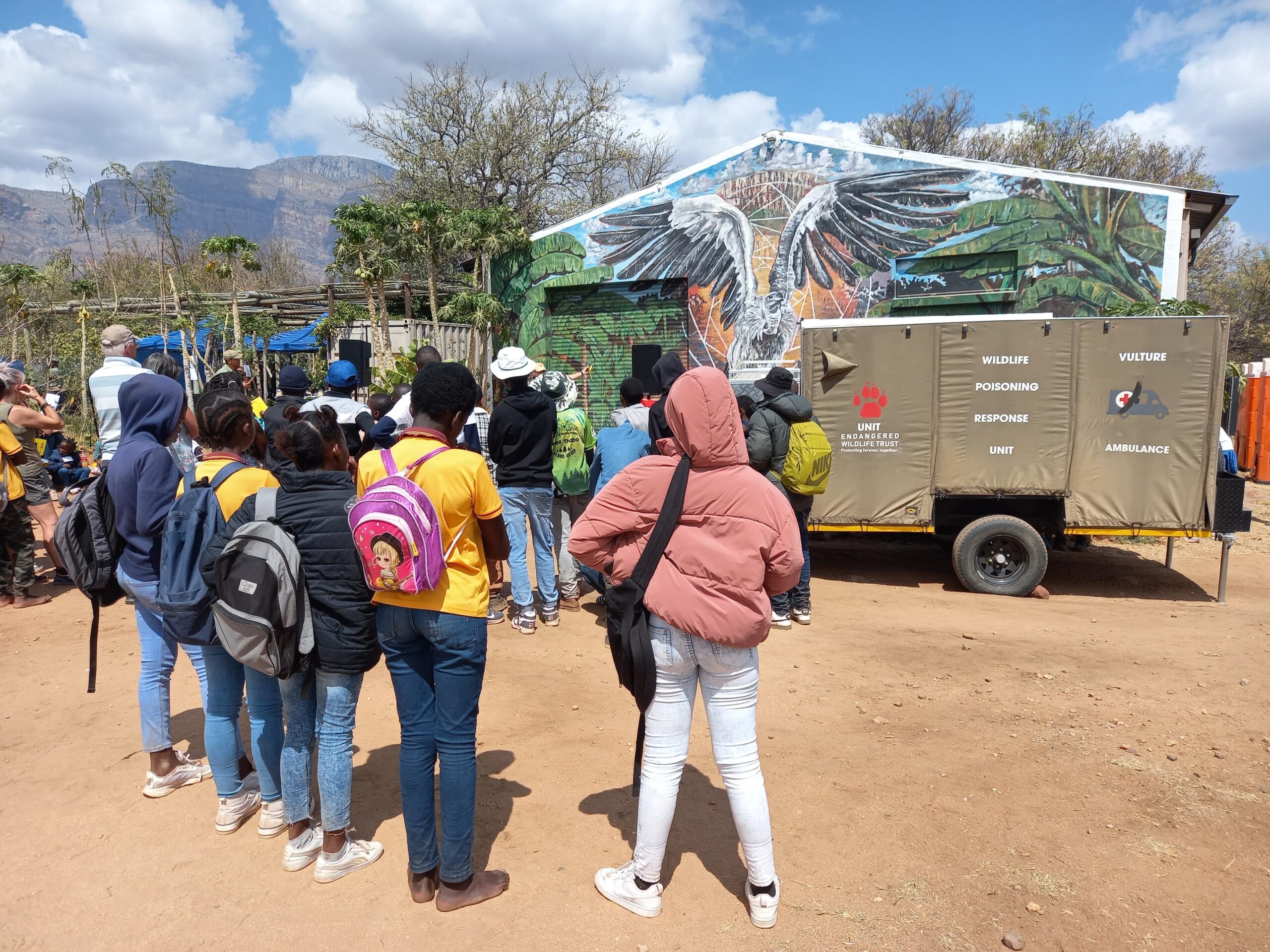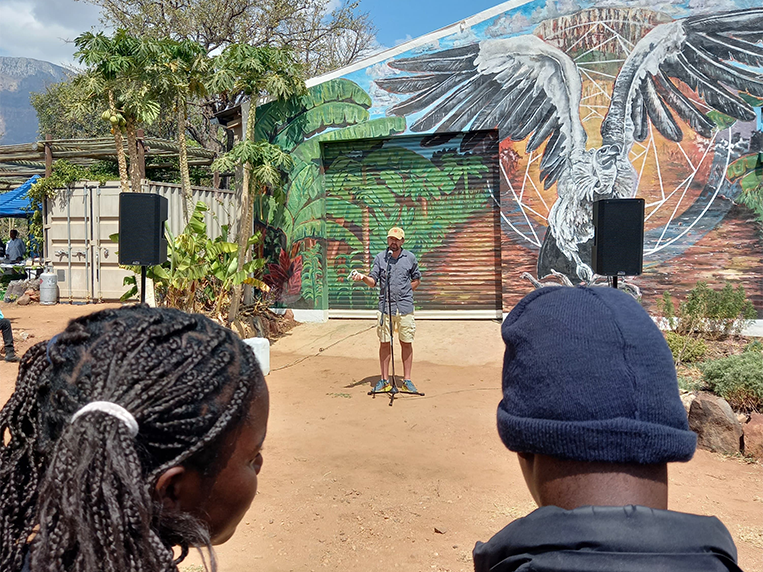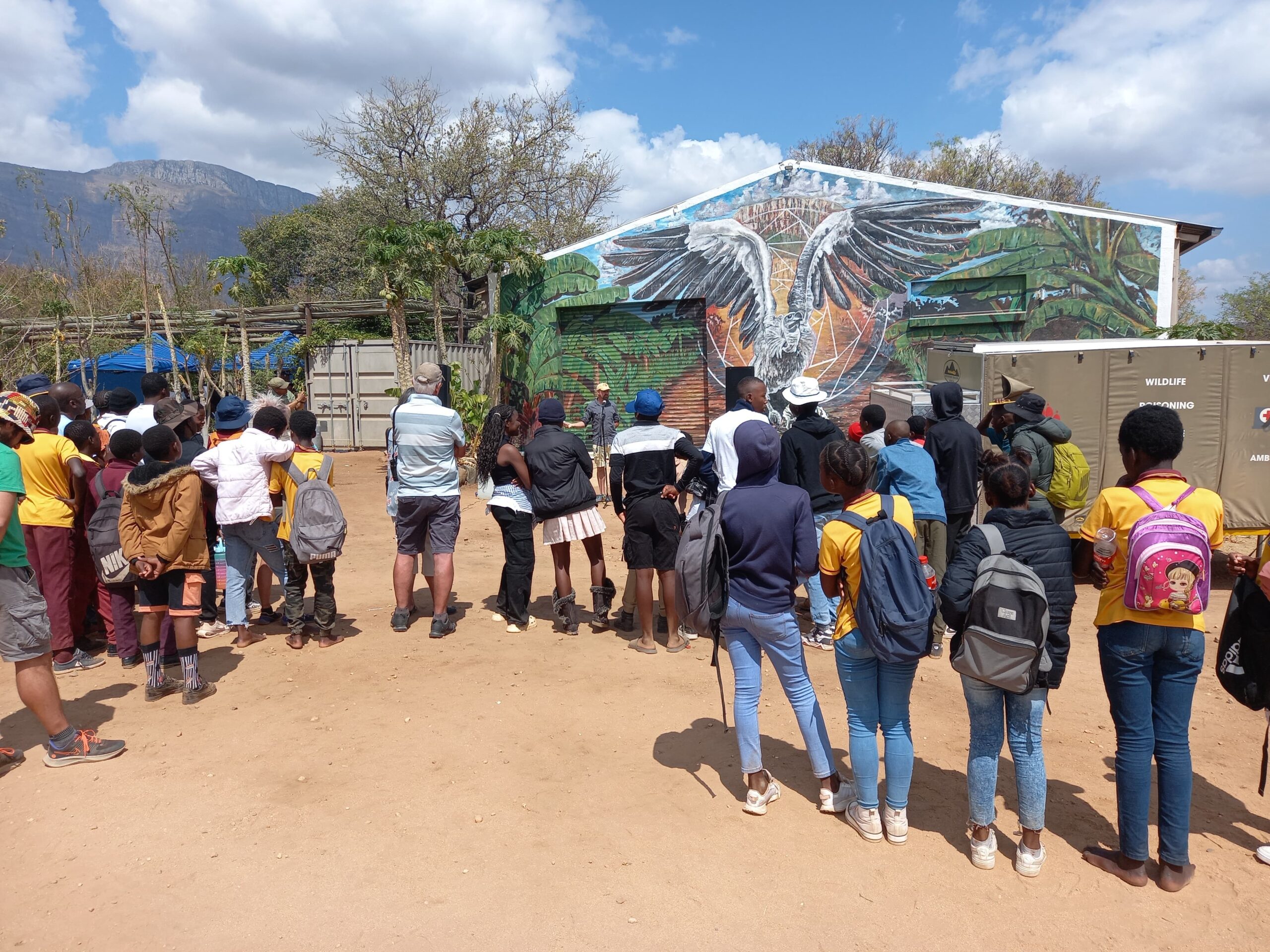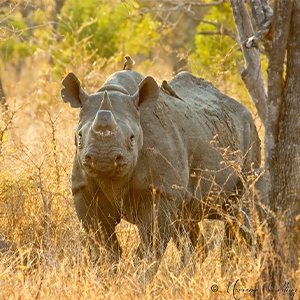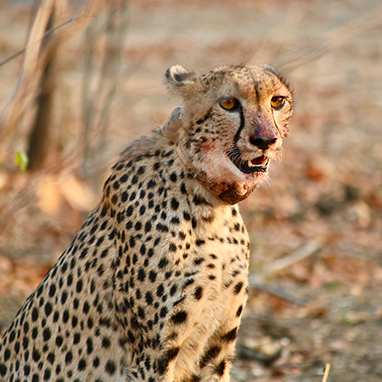
From Kalahari to Malawi: Cheetahs Thrive in New Home
From Kalahari to Malawi: Cheetahs Thrive in New Home
Both females relocated to Liwonde National Park (Malawi) in December are doing exceptionally well. After a brief adjustment period in the boma, they were released into the reserve on December 28th, 2023, at the height of the rainy season.
The rainy season in Liwonde can pose challenges for cheetahs, as large areas of the park occasionally flood, and the game is widespread. However, this appears to have also limited their post-release movements, meaning they had less area to explore and, as a result, settled quickly. We are pleased to report that both females have been thriving since their release. This is especially encouraging for the female who was born and raised in the Kalahari and unfamiliar with this environment – this just shows the adaptability of these remarkable animals!
One of the females exhibited denning behaviour a few months after her release. While we typically encourage den checks to enhance our monitoring and understanding of the population and breeding success, the Liwonde cheetah population has shown successful denning in good habitats over the years. As a result, we recommend minimising disturbances and instead suggest monitors check on this female from a distance using telemetry. Female cheetahs generally den for 50 to 54 days, after which they begin moving with their cubs, often caching them while hunting. By conducting daily monitoring, we can track whether the female remains at the den site, indicating that denning is still ongoing.
Regrettably, the female left the den after approximately 40 days and did not return, suggesting that her denning was unsuccessful. The exact cause of the cubs’ death remains unknown, as is often the case. However, we have recently observed denning behaviour again, and monitors have reported that the female is also showing signs of nursing! While we will watch closely to see if this litter survives the denning period, both females are first-time mothers, which often results in the loss of first litters or lower overall cub survival rates. Nevertheless, the relocation of these females has been a massive success so far, and we look forward to following their progress as they continue to explore this new environment!
We once again thank Manyoni Private Game Reserve and Tswalu Kalahari Reserve for donating these females to this important conservation project. We also thank our partners African Parks for creating a safe haven for this threatened species, and the Lilongwe Wildlife Trust for their diligent monitoring efforts, along with The Bateleurs and Mercy Air Africa for assisting us in transporting these cheetahs to Malawi!
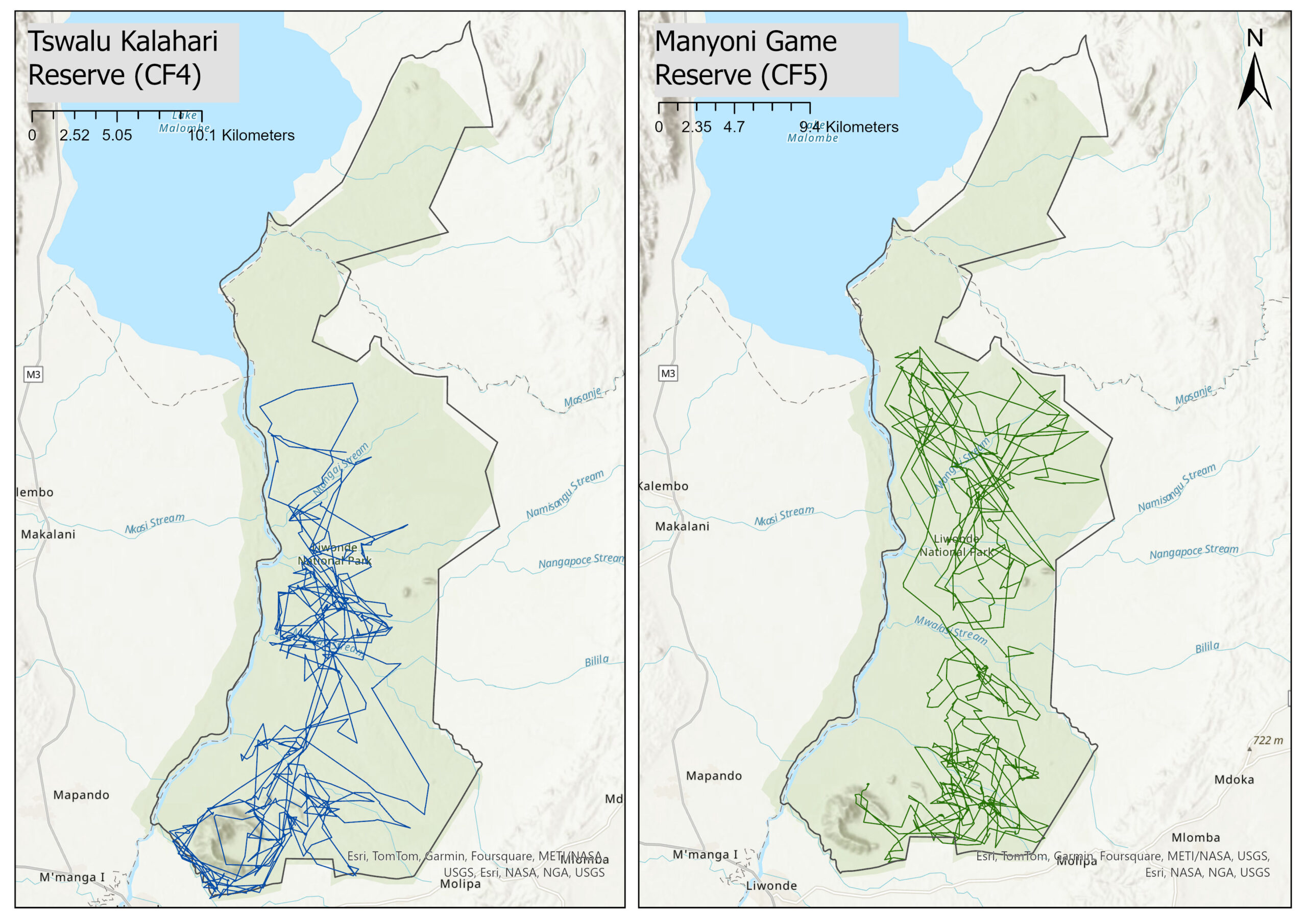
Maps showing the movements of both cheetahs (from Tswalu Kalahari Reserve and Manyoni Game Reserve) after their release into Liwonde National Park. Both females have exhibited extensive exploration behaviour, which is to be expected. Hopefully, this will help them find suitable denning areas going forward.

Images of the two females released into Liwonde National Park in December 2023. Due to the limited road network in Liwonde National Park, the vast majority of sightings of these females have been through camera traps placed by Lilongwe Wildlife Trust monitors. However, this can be a fantastic way to remotely monitor their body condition. Thank you to Lilongwe Wildlife Trust for providing us these images!
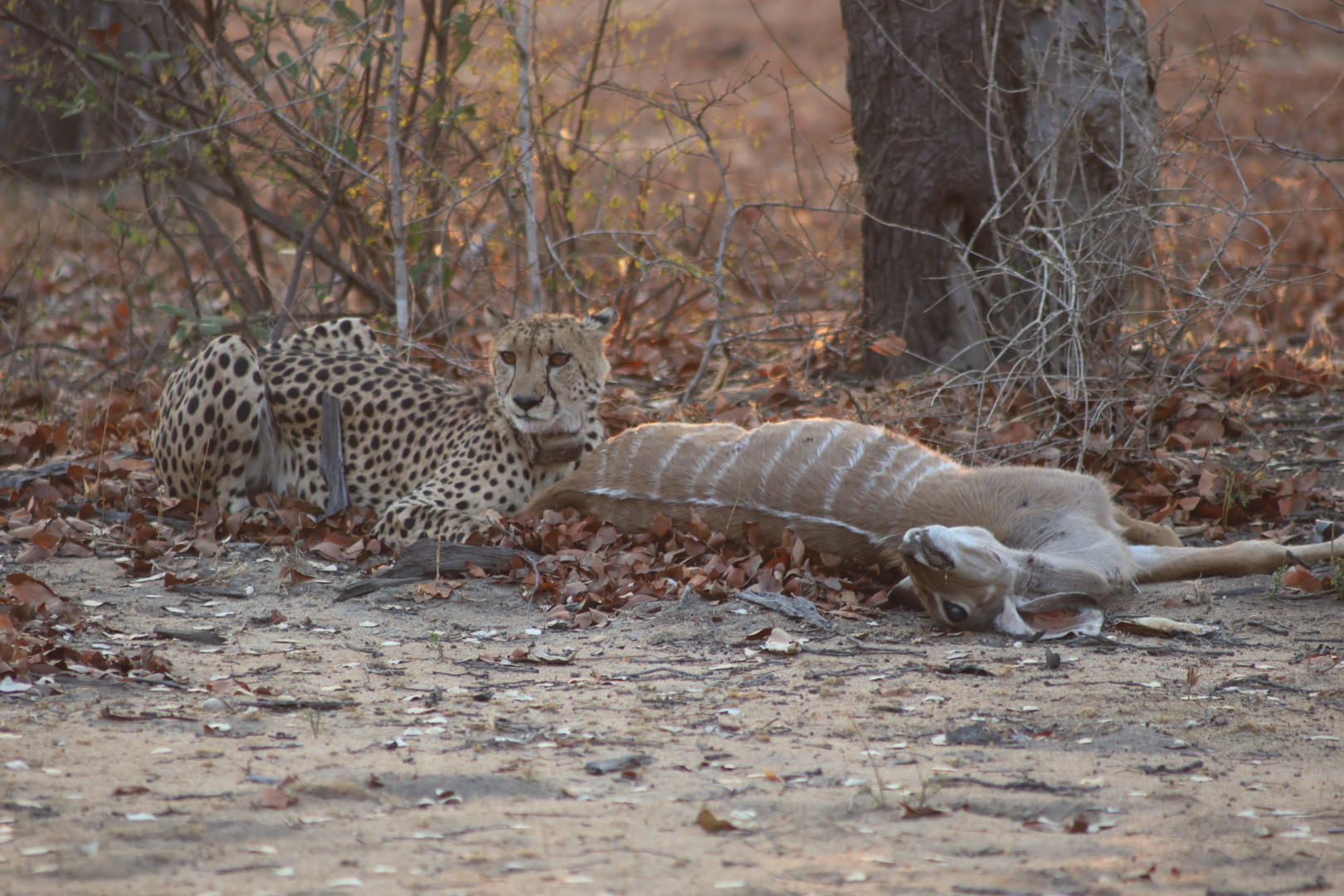
The female from Tswalu Kalahari Reserve after successfully killing of a young kudu. This female has adapted amazingly well, especially considering she was born and raised in the Kalahari. This just shows how adaptable these animals can be! (photo credit: Tilly Sant’Ana)
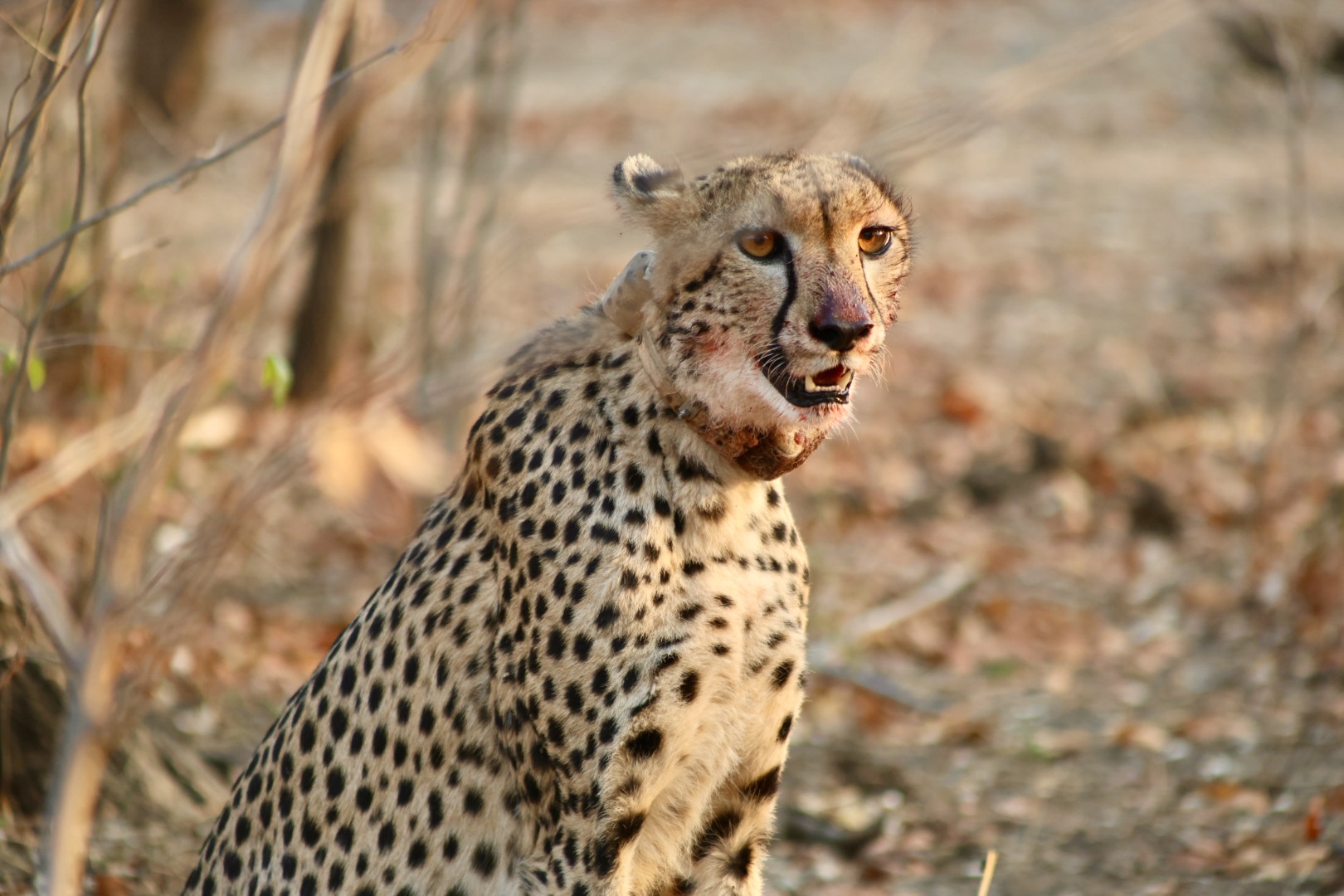
The female from Manyoni Private Game Reserve after tucking into a meal of a male impala (photo credit: Tilly Sant’Ana)
